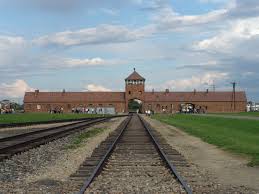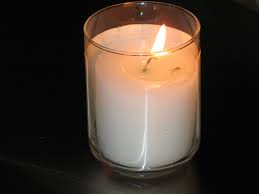In this, our Tisha b’Av issue, we present edited excerpts from Fire, Ice, Air: A Polish Jew’s Memoir of Yeshiva, Siberia, America, by Baltimore’s own Rabbi Simcha Shafran, with Avi Shafran. In this selection, Rabbi Shafran, a 14-year-old yeshiva bachur, has been captured by the Soviets and sent to Siberia, along with others who chose not to accept Soviet citizenship. Traveling with them is Rabbi Yehudah Leib Nekritz, zt”l, their leader and spiritual mentor.
June-July 1941 (Sivan-Tammuz, 5701)
Our train began to move, and gained speed as it headed eastward. The journey took weeks. Although the car was crowded, we would make our way to a corner when it was time to pray, and did so with a minyan. We would also study with Rabbi Nekritz when we could. Much of the time we lay on the makeshift bunks that lined the walls of the train, and pondered our lives, our responsibilities as Jews, and what trials the future held for us….
Finally, we arrived in Novosibirsk, the large city at the onset of Siberia, the easternmost end of the rail line. The guards took us off the train, and put us on a barge, since the only way deeper into Siberia was by river. That water journey also seemed to take weeks, although time had become a slippery thing. Our particular group’s destination was a town called Nizhna Machavaya – Lower Machavaya. There we were to stay, 10 young men – boys would better have described most of us – and their teacher, Rabbi Nekritz; his wife, and their two daughters; and several other Jewish families.








